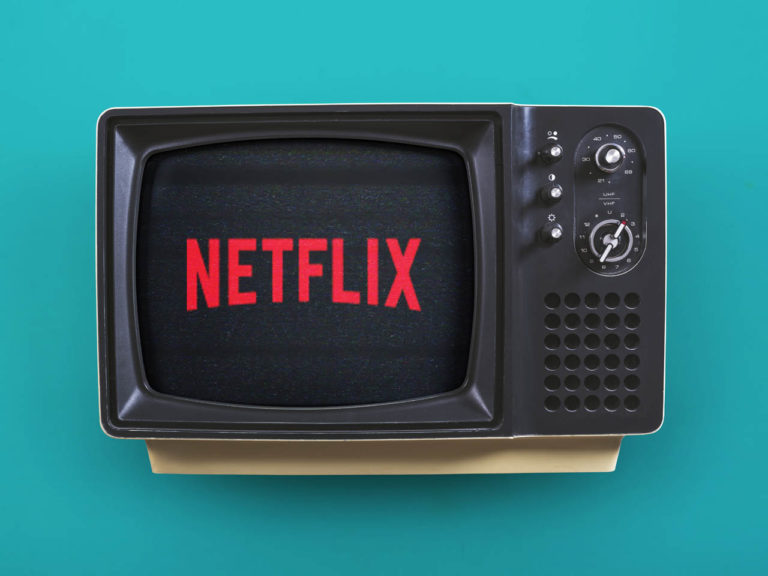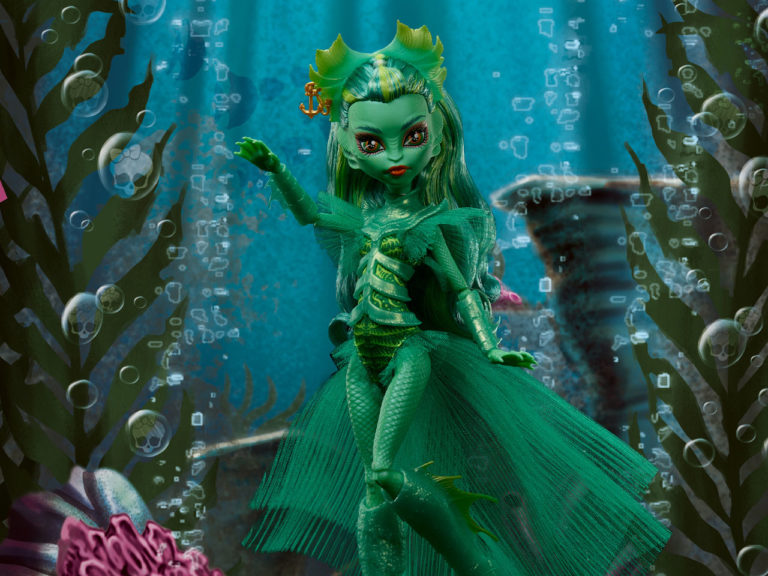
Less ongoing saga, more “Legends of the World’s Finest”, Batman/Superman Volume 2 collects three (largely) self-contained stories. Grek Pak, Paul Levitz, and a host of artists team up across nine issues from Batman/Superman and World’s Finest to produce a loosely-connected, diverse collection of tales of video games, war, and lost worlds.
What’s included
Game Over includes Batman/Superman #5-9, Batman/Superman Annual #1, and World’s Finest #20-21. The first three Batman/Superman issues comprise what I’ll refer to as the “Game Over” arc. The annual springs out of that and, as is the case with most annuals, is its own self-contained story. The final two Batman/Superman and World’s Finest #20-21 make up the “First Contact” arc, and appear in the following order:
- Batman/Superman #8
- World’s Finest #20
- Batman/Superman #9
- World’s Finest #21
I’ll address each arc (and the annual) on its own.
Game Over
Batman and Superman may have met their match: GAMERS! Some mysterious force has found a way to use the video game-playing population of the world to manipulate real-life heroes (and villains) and pit them against one another. Bruce and Clark must work together to overcome this threat–but how can they work together while gamers across the globe try to make them fight?

I’m not a huge Greg Pak fan. I don’t think he’s bad, but most of what I’ve read feels disposable. Other times, I find his stories downright annoying, and this is unfortunately one of those times. It’s funny, because the whole premise sounds interesting in the abstract: people who think they’re playing a game but are actually controlling real heroes and having a real (negative) impact on the real world. I think where Pak loses me is the characters. His Batman and Superman feel a little off, but more than that, the supporting cast (including the New 52 incarnation of Toymaster) is just irritating.
Joining Pak on this arc are Brett Booth and his usual co-artists, Norm Rapmund (inks) and Andrew Dalhouse (colors). Booth has some decent action shots, and he seems to have a good eye for angles, but his layouts are too busy for my taste–my eyes are exhausted after a few pages. He also seems to have a knack for awkward poses and weird-looking faces.

I might be able to overlook Pak’s characters and Booth’s quirks, if not for this arc’s most glaring flaw: THE ENTIRE THING IS IN LANDSCAPE.
Let that sink in for a moment.
THE FIRST THREE ISSUES–ROUGHLY SIXTY-SIX PAGES OF THIS NINE-ISSUE (AND ONE’S AN ANNUAL) BOOK ARE ENTIRELY IN LANDSCAPE AND YOU HAVE TO READ IT ROTATED 90 DEGREES, WHICH IS AN UNCOMFORTABLE, ANNOYING EXPERIENCE.
I’m not sure what motivated them to go with this format, but it makes reading a real chore. It would probably be a minor quibble on a single, 22-page issue, but trying to hold this big trade in an orientation for which it was not designed makes me angry–most especially because it offers no benefit to the story; and, the gutterless, “widescreen” effect Booth goes for feels even more crowded and in-your-face than his work normally does. In his 1964 book Understanding Media: The Extensions of Man, Marshall McLuhan famously wrote that “the medium is the message.” Using that as an interpretive framework, I would have no choice but to conclude that the message of this arc is that the creators and editors dislike me for some reason.
I don’t think “Game Over” has anything outstanding in its script or artwork. At best, it could have been an entertaining once-through. But the format that the creators went with–and that editorial approved–makes this one an abject failure.
Arena
As it happens, the big bad behind “Game Over” was none other than Mongul, lord of Warworld, which is sort of like Disneyworld, but with more villainous posturing and battles-to-the-death. “Arena”, a multi-act story contained within Batman/Superman Annual #1, picks up where the previous arc left off: Mongul has been imprisoned in the Phantom Zone, while his transient home looms large in Earth’s skies. Batman and Superman now must face Jochi, son of Mongul, who has come down from Warworld–not to rescue his father, but to make the World’s Finest pay for defeating him. He orders them to come up to the floating battle planet and face him in combat, lest he “burn every defenseless thing [they] love”. They’re allowed to bring friends, so Batgirl, Red Hood, Supergirl, Steel, and Krypto join in the fun. There are fights, unexpected valor, and a not-subtle attempt at making our heroes learn a valuable lesson about family from the dysfunctional Mongul and Jochi.

Hugs mean love…
This is not a bad story. It’s nice to get parts of the Bat-family and Super-family together, and it’s particularly interesting that Pak chose members with similar attributes (John and Barbara are both very much the brains and tech of their respective clans, while–at least in the New 52–Kara can be just as angry, unpredictable, and dangerous as Jason Todd).
I enjoyed reading the two-pronged attack used by our heroes, with Steel and Babs working on disabling Warworld as a threat, while Batman and Superman occupy Jochi and keep up the pretense of meeting his demands. I don’t think I would enjoy reading it quite as much again and again, as there’s not a whole lot of depth to explore, but Pak has at least scripted an entertaining conflict. As annuals go, it’s probably up there with some of the more enjoyable ones I’ve read.

Really amazing stuff
Art duties are split across the several acts, with Jae Lee and June Chung on Act One and the Epilogue, Kenneth Rocafort and Nei Ruffino on Act Two, and Philip Tan and Hi-Fi on Act Three. Lee’s layouts are a breath of air after the previous arc, and his figures are largely well-done. That said, I’m definitely not a fan of the way he has chosen to draw faces throughout his work on this book, and it’s something I find distracting in almost all of his work that I’ve seen (almost).
I like Rocafort’s messy aesthetic, but his layouts here I find largely uninteresting. Tan’s pencils get messier in Act 3 (in a bad way), but the action picks up in his layouts and for me, he does a better job overall, even if his finishes aren’t quite as nice-looking as Rocafort’s.
A welcome improvement over the “Game Over” arc, “Arena” is a decent story overall–one I would have enjoyed reading even without the contextual advantage of following a real stinker.
First Contact

The final arc in this trade, “First Contact” sees Bruce and Clark encounter Earth-Two’s Helena Wayne–Huntress– and Power Girl. The latter is struggling to control herself, thanks to a sinister figure working from the shadows (isn’t it always thanks to a sinister figure working from the shadows?). As the World’s Finest help Huntress and Power Girl find out who’s behind it all, they begin having flashes back to their now-forgotten experiences from Batman/Superman Volume 1, and the whole team comes face-to-face with an even bigger threat from across the multiverse.
I’m going to sound like a broken record, but Pak (and Levitz!) once again turns in an entertaining script with very poor gas mileage–one that I enjoyed the first time through, but nevertheless have very little desire to revisit. The flashbacks to the first arc of Batman/Superman grabbed my attention, and it’s possible they will yield a larger payoff in future volumes, but they are of no greater consequence here than suggesting that the experiences of #1-4 are not entirely wiped from Bruce and Clark’s memories.

Since this arc includes issues from two different books, we–unsurprisingly–get artwork from two different teams. On Batman/Superman, we have the familiar team of Lee and Chung, while World’s Finest has the team of R.B. Silva, Joe Weems, Norm Rapmund, and Jason Wright, with Scott McDaniel doing the breakdowns for #20. Lee’s work is just as it typically is on this series, and as I spoke of it above: excellent layouts and figures with very distracting faces. The work on World’s Finest is not nearly as good. The action and panel-to-panel pacing is decent, but the figures and faces are pretty ugly at times, and even at their best, they don’t distinguish themselves.
Bonus material
There’s quite a bit of extra stuff here. Each issue begins with the original cover on the front side of a page, with the inks-only version on the opposite side. There’s also the now-standard variant cover gallery, and a few of them are actually pretty nice (I’m partial to the Cliff Chiang). A sketch gallery wraps things up, and in addition to some nice Jae Lee stuff, we get some pencils-only versions of Booth’s work from the first arc, and I’ve got to say that it actually looks much better without the inks and colors.
Value: Dirt cheap
The paperback will cost you around fifteen bucks at Amazon. You can get the Kindle/Comixology version for a little less, and a used copy for around six, but I wouldn’t spend more than a few dollars on this–and even then, my intention would be to sell it and make a profit.
Overall
There’s a lot of material in this book, but there’s not a lot of material that warrants repeat consumption. My impression of Pak has not changed: an okay storyteller well-suited to monthly entertainment, but who seldom produces anything memorable. Most of the Game Over trade would have done just fine in single issues over the course of a normal release schedule; likewise, one read through the collection entertains, even if it never quite delights. The annual and “First Contact” have decent art, but even Jae Lee’s work–the best in the book–suffers from the artists stylistic choices. But then there’s the biggest flaw in the volume–a flaw spread across three of the trade’s eight issues. The “Game Over” arc’s landscape format is unforgivable. What was likely unpleasant in single-issue form is downright unbearable in the thicker trade format. Booth’s oddly-posed, oddly-proportioned figures and exhausting, busy layouts seal the deal, leaving very little of redeeming value from a visual perspective. Pak’s script for this arc is also the worst in the book; trying too hard to be cool and modern, it trades away any real impact in exchange for some cheap laughs that will likely lose their charm the further we get from 2014. All in all, Batman/Superman Volume 2 fails to establish any value for itself. If you can find it in a library, read it once to satisfy any lingering curiosity; but I wouldn’t recommend spending any money on it.
SCORE: 4/10


